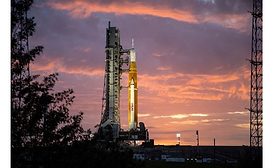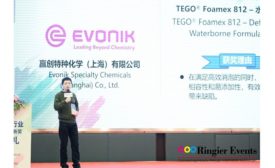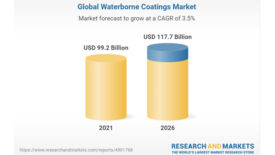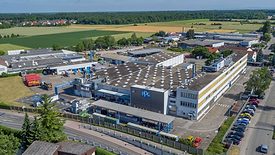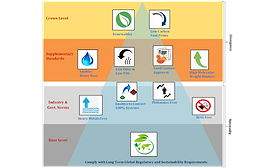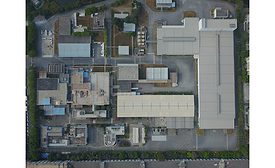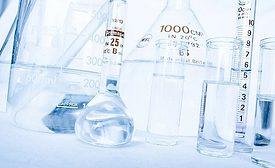Home » waterborne coatings
Articles Tagged with ''waterborne coatings''
Optimization of Waterborne Coatings
Racing Towards a Sustainable Future and Aligning with a Circular Economy
December 9, 2020
Keep the info flowing with our eNewsletters!
Get the latest industry updates tailored your way.
JOIN TODAY!Copyright ©2025. All Rights Reserved BNP Media.
Design, CMS, Hosting & Web Development :: ePublishing

.jpg?height=168&t=1670827328&width=275)
